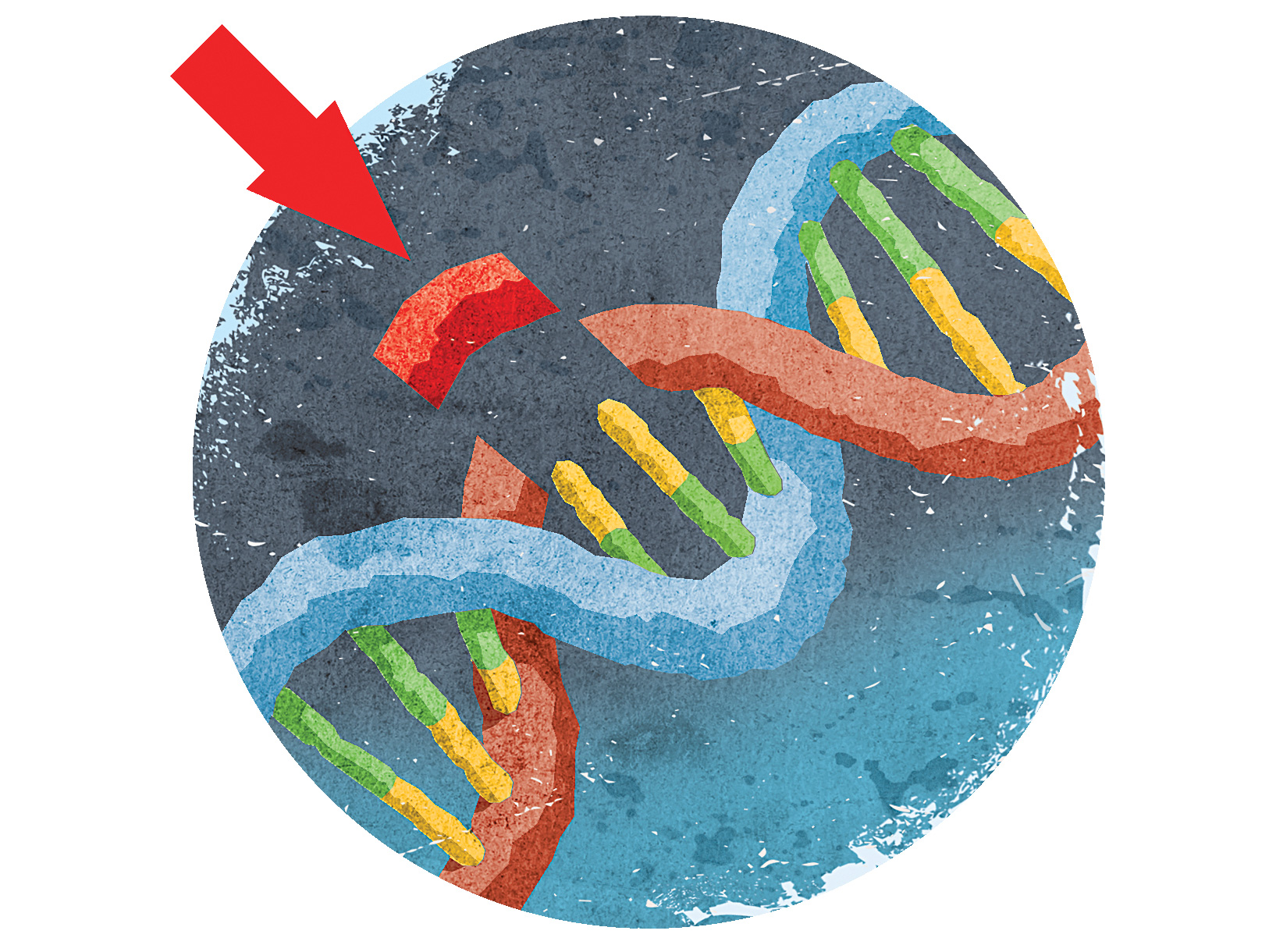

Death comes to us all—but those with a specific genetic mutation may hear the Grim Reaper come knocking earlier than most. The naturally occurring mutation that rogue Chinese researcher He Jiankui was trying to replicate when he permanently edited two human embryos has the potential to do more harm than good, according to new research published this week in the journal Nature Medicine.
In the fall of 2018, He Jiankui astonished geneticists and bioethicists worldwide when he announced the birth of twin girls Nana and Lulu. He and his team altered their genomes using the relatively easy-to-use gene-editing technique known as CRISPR when they were embryos. This marked the first such babies born in the world to have their genomes altered in this way. He’s stated intent in editing their embryos was to replicate a mutation that exists in just 11 percent of Northern Europeans, on a specific piece of a gene known as CCR5. The mutation doesn’t naturally occur among those of Asian descent and when He’s University announced the twins’ births, they portrayed the tweak as a genetic advantage.
Known as the delta-32 mutation after the allele it resides in, the mutation is quite famous, according to study author Rasmus Nielsen, an evolutionary biologist at UC Berkeley. One reason, he says, is the evidence its geographic distribution provides of historic diseases in Europe; another is the fact that it makes those who have it either completely or partially immune to infection with the HIV virus; and the last, of course, is the fact that it was the mutation He Jiankui chose to tweak in Nana and Lulu.
Researchers first identified the mutation in the early nineties when a population of men who had unprotected sex with other men never seemed to get HIV, despite the fact that at the time, the infection was prevelant among this specific group, says Nielsen. Although it does grant those who have copies of the mutation from both parents full immunity from infection, that might come at a cost: According to new research, the mutation also might put those with it at an increased risk of early death.
Prior to this new research, data suggesting it sped up overall mortality was weak, having only been found in a few studies that included small groups of people. Those studies found that people with the CCR5 mutation had a lowered resistance to common illnesses such as influenza. The research published today is the first to look at data from a significantly larger group of people, drawn from the UK Biobank, and make an attempt at fully answering the question: On balance, is this a good mutation to have or a bad one?
“What we found is that if you have two copies of the mutation, so if you have inherited it from both your mother and from your father then there’s a much increased [likelihood] of mortality, corresponding to an almost 20 percent increase in mortality,” says Nielsen.
The mutation is slowly fading away in the Northern European population that carries it naturally, he says, which indicates that whatever environmental factor prompted its persistence—likely a disease such as the bubonic plague—has changed. In other words, the evolutionary advantage of the specific immunities it confers is now outweighed by the disadvantage of the vulnerabilities it creates.
Although the mutation might prevent someone from getting infected with HIV, there are many other ways to avoid that infection, such as using a barrier method during sex, drugs that can protect someone, and on a larger level, robust public health programs that educate the public and also set standards for things like donor blood used in transfusions. On the other hand, there’s no way to regain the lowered resistance to influenza and West Nile virus, among other illnesses, that comes with the mutation.
That lowered resistance to common illnesses—such as influenza—likely explains the higher mortality, Nielsen says, but how much more vulnerable someone with the delta-32 mutation is (that 20 percent increase in mortality) came as a surprise to him.
As for how this all connects back to the CRISPR babies, one scientist who was not involved with the study says the study won’t help us better understand how the twins’ health will unfold. Of the two girls, only one has a complete knockout of delta-32, and that wasn’t accomplished in a way that exactly replicates what happens in nature, says John Doench, a Broad Institute geneticist and gene editing expert. As for what could actually happen if the twins had children and passed down their mutations? “We have no way of knowing,” Doench says. “I don’t think this helps us understand the CRISPR babies in any way.”
Rather, what this does show is that a mutation that probably doesn’t deserve outsize attention is getting a lot of it.
“I’m not sure that one could put any other gene in the title of this paper and get it published in Nature Medicine,” says Doench. And if the researchers had tried to publish a short report on the CCR5 gene such as this even a year ago, he says, they wouldn’t have been likely to get it published in such a prestigious journal. “It’s only because of the CRISPR babies that Nature Medicine would publish this.”
